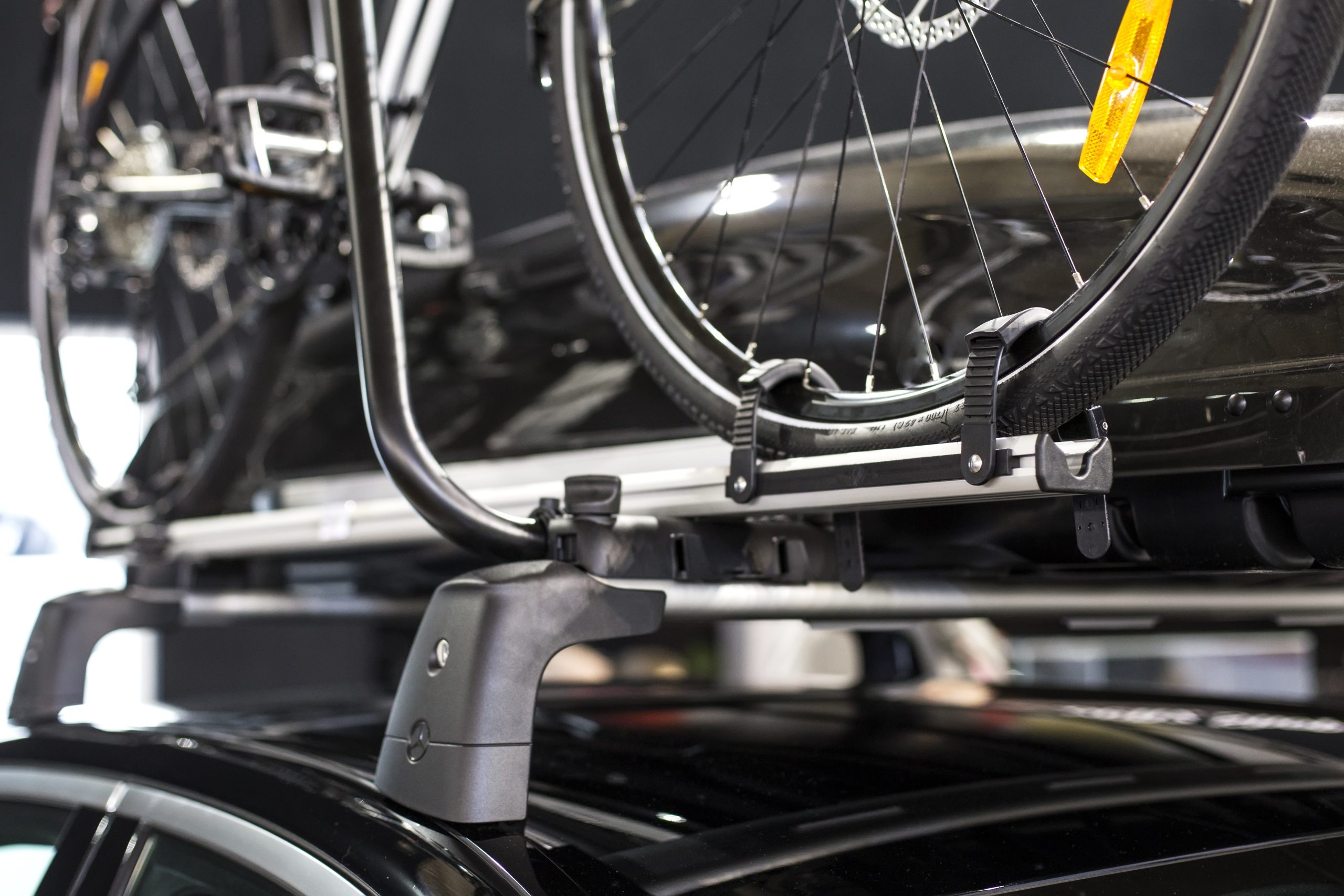
Roof racks and crossbars are two of the most popular accessories used to transport cargo on the roof of a vehicle. While they are often used interchangeably, there are some key differences between the two that are important to understand before making a purchase.
Roof racks are designed to be a complete system, including the base and crossbars. They are typically more versatile than crossbars and can be customized to fit various vehicles and cargo types. On the other hand, crossbars are a more straightforward system that can be attached to existing roof rails or fixed points on the roof of a vehicle. They are generally less expensive than roof racks and are a good option for those who only need to transport lighter items.
Understanding Roof Racks vs Cross Bars
Purpose of Roof Racks
Roof racks are designed to provide additional storage space for vehicles. They are ideal for carrying bulky items such as luggage, bicycles, kayaks, and skis. Roof racks are a great solution for people who need to transport items that won’t fit inside their vehicle.
Roof racks are also useful for people who want to free up space inside their vehicle. With a roof rack, you can carry all your gear on the roof, leaving more room for passengers inside the car.
Types of Roof Racks
There are several types of roof racks available on the market. The most common types are:
- Raised Rail Roof Rack: This type of roof rack is designed for vehicles that have raised rails running along the length of the roof. The rails provide a secure attachment point for the roof rack. Raised rail roof racks are easy to install and are available in a variety of styles and sizes.
- Flush Rail Roof Rack: This type of rack is designed for vehicles that have flush rails running along the length of the roof. The rails are integrated into the roofline and provide a sleek, low-profile look. Flush rail roof racks are more difficult to install than raised rail roof racks, but they provide a more seamless look.
- Bare Roof Roof Rack: This type of rack is designed for vehicles that do not have any pre-existing attachment points on the roof. Bare roof roof racks use special clips or hooks to attach to the roof of the vehicle. They are versatile and can be used on a wide variety of vehicles.
- Rain Gutter Roof Rack: This type of rack is designed for vehicles with rain gutters along the length of the roof. The roof rack attaches to the gutters using special brackets or clamps. Rain gutter roof racks are less common than other racks, but they are still available for certain types of vehicles.
Each type of rack has its own advantages and disadvantages. When choosing a roof rack, it is important to consider the type of vehicle you have and the type of gear you will be carrying.
Understanding Crossbars
Purpose of Crossbars
Crossbars are an essential component of a roof rack system. They are designed to provide a stable base for carrying cargo, such as bikes, kayaks, skis, and luggage, on the roof of a vehicle. Crossbars are mounted across the roof rails or feet of a roof rack, creating a platform for securing cargo. They also help to distribute the weight of the cargo evenly, reducing the risk of damage to the roof of the vehicle.
Types of Crossbars
There are two main types of crossbars: square and aerodynamic. Square crossbars are the traditional type of crossbar, and they are usually made of steel or aluminum. They are strong and durable, but they can create wind noise and reduce fuel efficiency due to their boxy shape.
Aerodynamic crossbars, on the other hand, are designed to reduce wind resistance and improve fuel efficiency. They are usually made of aluminum and have a sleek, low-profile design. They are more expensive than square crossbars, but they offer better performance and a quieter ride.
Here is a table summarizing the differences between square and aerodynamic crossbars:
| Crossbar Type | Pros | Cons |
|---|---|---|
| Square | Strong and durable | Creates wind noise, reduces fuel efficiency |
| Aerodynamic | Reduces wind resistance, improves fuel efficiency | More expensive |
It is important to choose the right type of crossbar for your needs. If you are carrying heavy or bulky cargo, square crossbars may be a better choice. If you are looking for better performance and a quieter ride, aerodynamic crossbars may be the way to go.
In conclusion, crossbars are an essential component of a roof rack system. They provide a stable base for carrying cargo on the roof of a vehicle. There are two main types of crossbars: square and aerodynamic. It is important to choose the right type of crossbar for your needs based on factors such as the type of cargo you will be carrying and your budget.

Comparing Roof Racks and Crossbars
When it comes to transporting gear on the top of a vehicle, there are two main options: roof racks and crossbars. Both of these systems have their own advantages and disadvantages, so it’s important to compare them to determine which one is best for your needs.
Installation Process
One of the main differences between racks and crossbars is the installation process. Roof racks are typically more complex and require more time to install because they attach directly to the roof of the vehicle. Crossbars, on the other hand, are simpler and quicker to install because they attach to existing roof rails or fixed points on the roof.
Cost Comparison
Cost is another factor to consider when comparing roof racks and crossbars. Generally, crossbars are less expensive than roof racks because they are simpler and require fewer components. However, the cost can vary depending on the brand, material, and size of the crossbars or roof racks.
Durability and Maintenance
When it comes to durability and maintenance, both roof racks and crossbars have their own advantages. Roof racks are typically more durable and can support heavier loads because they attach directly to the roof of the vehicle. Crossbars, on the other hand, are easier to maintain because they are removable and can be replaced if damaged.
In terms of maintenance, both systems require regular cleaning to prevent rust and corrosion. It’s also important to periodically check the tightness of the bolts and screws to ensure that the system is secure.
Overall, the choice between roof racks and crossbars depends on individual needs and preferences. Roof racks are ideal for heavy loads and long-term use, while crossbars are more affordable and easier to install.
Choosing Between Roof Racks and Crossbars
When it comes to choosing between roof racks and crossbars, there are several factors to consider. This section will explore the most important factors in making this decision, including vehicle compatibility, purpose of use, and budget considerations.
Vehicle Compatibility
The first thing to consider when choosing between roof racks and crossbars is the compatibility with your vehicle. Not all vehicles are designed to accommodate both roof racks and crossbars. For example, some vehicles may only have mounting points for roof racks, while others may only have mounting points for crossbars.
To determine which option is best for your vehicle, it is important to consult your vehicle’s owner’s manual or speak with a professional installer. They can help you determine which option is compatible with your vehicle and ensure that it is installed safely and securely.
Purpose of Use
Another important factor to consider when choosing between roof racks and crossbars is the purpose of use. Roof racks are generally better suited for carrying larger items, such as kayaks, canoes, or bicycles. They are also more stable and can handle heavier loads.
On the other hand, crossbars are better suited for carrying smaller items, such as luggage or camping gear. They are also more versatile and can be easily removed when not in use, making them a good option for those who only need to transport items occasionally.
Budget Considerations
Finally, budget considerations are an important factor to consider when choosing between roof racks and crossbars. Roof racks are generally more expensive than crossbars but offer more stability and can handle heavier loads. Conversely, crossbars are more affordable and can be a good option for those on a tight budget.
Ultimately, choosing between roof racks and crossbars will depend on your specific needs and budget. It is important to carefully consider all of these factors before deciding to ensure that you choose the option that is right for you.
Conclusion
In conclusion, both racks and crossbars have their own advantages and disadvantages. Roof racks are more versatile and can carry a wider range of cargo, while crossbars provide stability and are better suited for carrying specific types of cargo, such as bikes, kayaks, or skis.
When selecting a roof-carrying system, it is important to consider the type of cargo that will be transported and the vehicle’s roof design. It is also crucial to ensure that the roof-carrying system is installed correctly and securely to prevent accidents or damage to the vehicle or cargo.
Overall, deciding between roof racks and crossbars ultimately depends on the individual’s specific needs and preferences. With proper research and consideration, the right roof-carrying system can provide a safe and efficient way to transport cargo on the roof of a vehicle.








